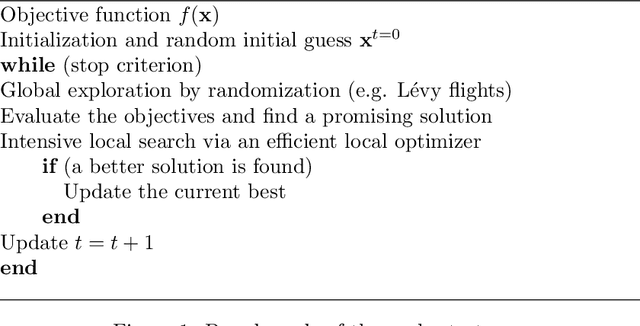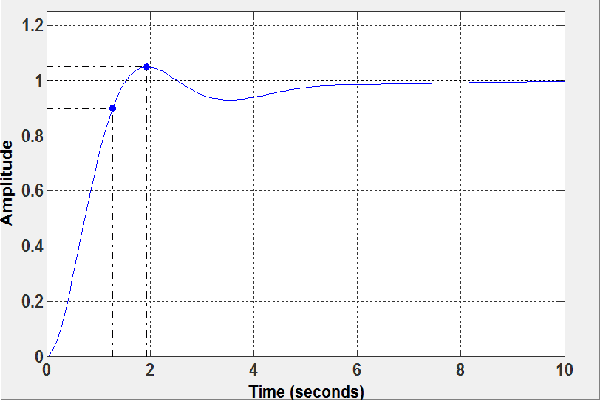Y. X. Zhao
AI-assisted Optimization of the ECCE Tracking System at the Electron Ion Collider
May 20, 2022Abstract:The Electron-Ion Collider (EIC) is a cutting-edge accelerator facility that will study the nature of the "glue" that binds the building blocks of the visible matter in the universe. The proposed experiment will be realized at Brookhaven National Laboratory in approximately 10 years from now, with detector design and R&D currently ongoing. Notably, EIC is one of the first large-scale facilities to leverage Artificial Intelligence (AI) already starting from the design and R&D phases. The EIC Comprehensive Chromodynamics Experiment (ECCE) is a consortium that proposed a detector design based on a 1.5T solenoid. The EIC detector proposal review concluded that the ECCE design will serve as the reference design for an EIC detector. Herein we describe a comprehensive optimization of the ECCE tracker using AI. The work required a complex parametrization of the simulated detector system. Our approach dealt with an optimization problem in a multidimensional design space driven by multiple objectives that encode the detector performance, while satisfying several mechanical constraints. We describe our strategy and show results obtained for the ECCE tracking system. The AI-assisted design is agnostic to the simulation framework and can be extended to other sub-detectors or to a system of sub-detectors to further optimize the performance of the EIC detector.
Applications and Analysis of Bio-Inspired Eagle Strategy for Engineering Optimization
Aug 22, 2014

Abstract:All swarm-intelligence-based optimization algorithms use some stochastic components to increase the diversity of solutions during the search process. Such randomization is often represented in terms of random walks. However, it is not yet clear why some randomization techniques (and thus why some algorithms) may perform better than others for a given set of problems. In this work, we analyze these randomization methods in the context of nature-inspired algorithms. We also use eagle strategy to provide basic observations and relate step sizes and search efficiency using Markov theory. Then, we apply our analysis and observations to solve four design benchmarks, including the designs of a pressure vessel, a speed reducer, a PID controller and a heat exchanger. Our results demonstrate that eagle strategy with L\'evy flights can perform extremely well in reducing the overall computational efforts.
* 14 pages 1 figure
 Add to Chrome
Add to Chrome Add to Firefox
Add to Firefox Add to Edge
Add to Edge